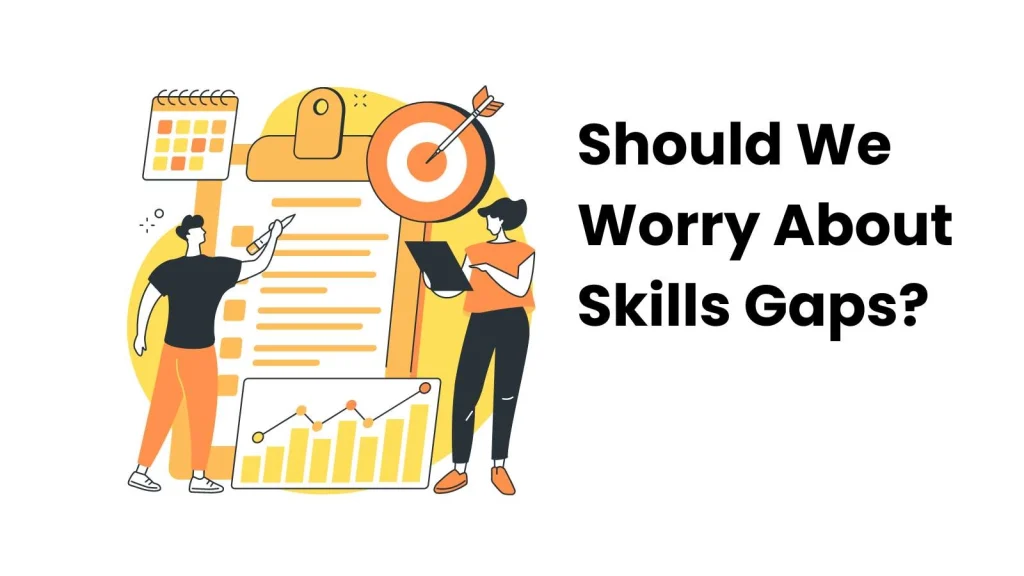Many employers face challenges recruiting talented, skilled workers, while many youth entering the workforce feel their education hasn’t provided job-relevant skills.
How big is this problem?

It’s no secret to career developers, HR professionals, employers, and job applicants that skills gaps have been growing. Given the concerns of today’s students, this trend is likely to continue.
This article will explore today’s skills gaps and what that means for talent development and the future of work.
TODAY’S SKILLS GAPS TRENDS
A 2022 study by ManpowerGroup revealed that globally, 78% of small-organization employers cannot find the skills that they need in their workforce. In medium-sized organizations, this percentage is 77%, and in large organizations, the rate rises to a staggering 79%.
Looking into the future of work in Canada, 73% of Ontario employers surveyed claimed that skills gaps have worsened over the last decade, while 76% believe that skills requirements will continue to increase, forecasting further recruitment challenges.
Jobs requiring hard technical skills — often digital skills — tend to be the hardest to fill. This includes sales representatives, engineers, technicians, and IT professionals. This suggests that talent development efforts should focus on these roles.

HOW CAN EMPLOYERS MEET THIS CHALLENGE?
Experts recommend deploying internal training and development programs to help employees keep up with skills requirements.
A ManpowerGroup survey found that a growing number of employers have turned to internal upskilling programs to resolve their skills gaps, up to 54% in 2018.
Other recommendations include work-integrated learning (WIL) programs for students, which support a smoother transition into the workforce.
In short, to prepare for the future of work, employers should invest in internal talent development, and educators should explore work-integrated learning. Together, these efforts will bridge internal skills gaps and create an effective Canadian workforce.

